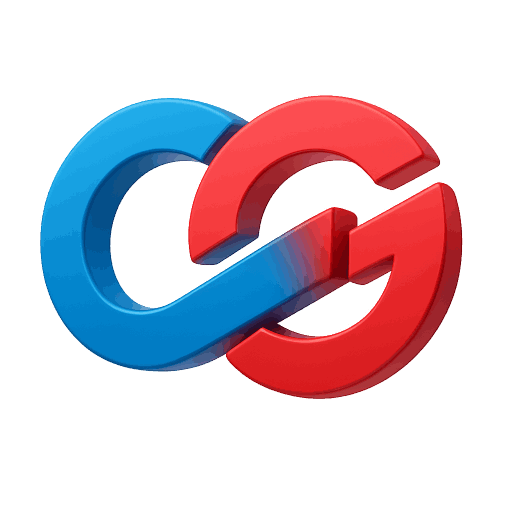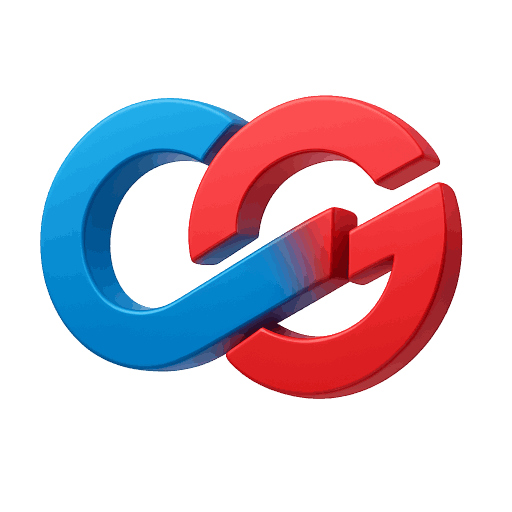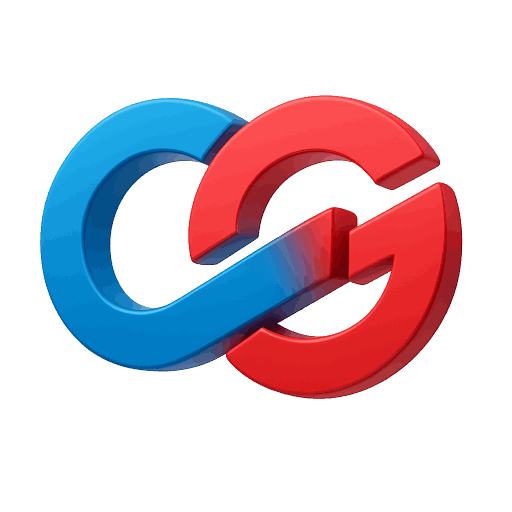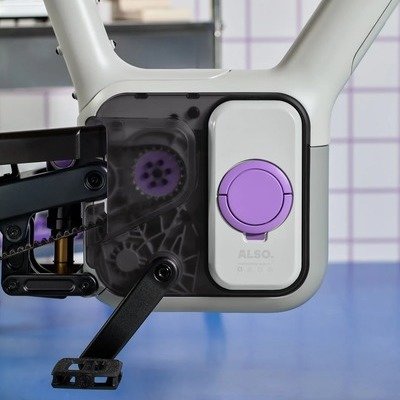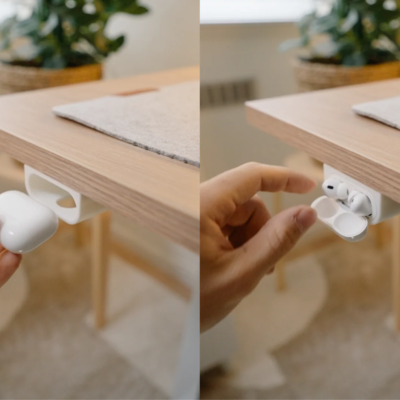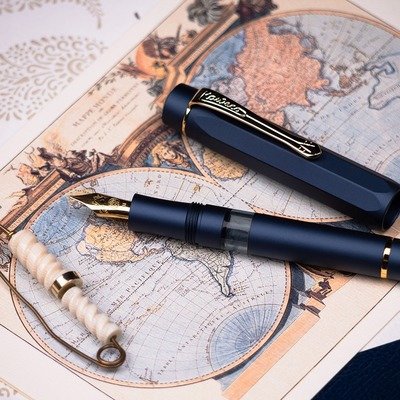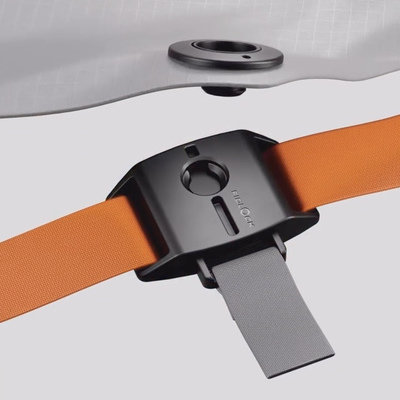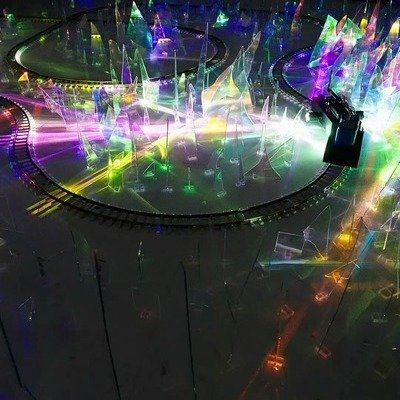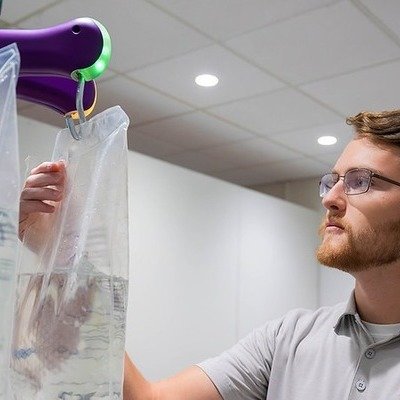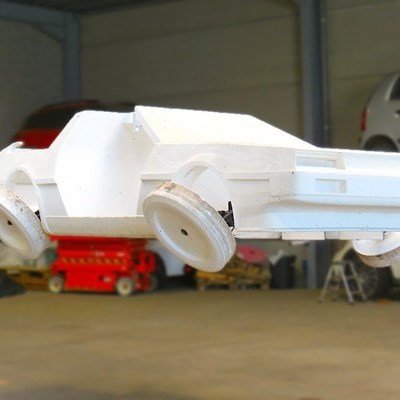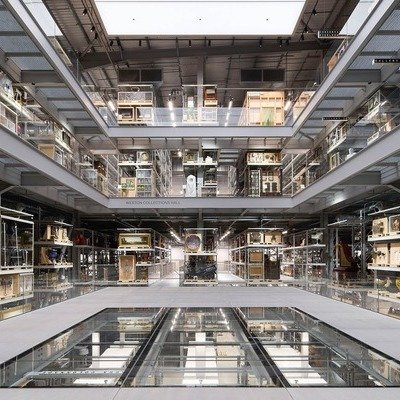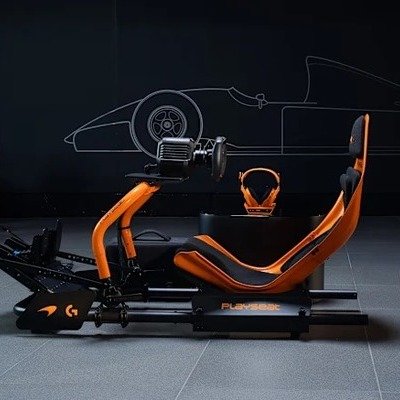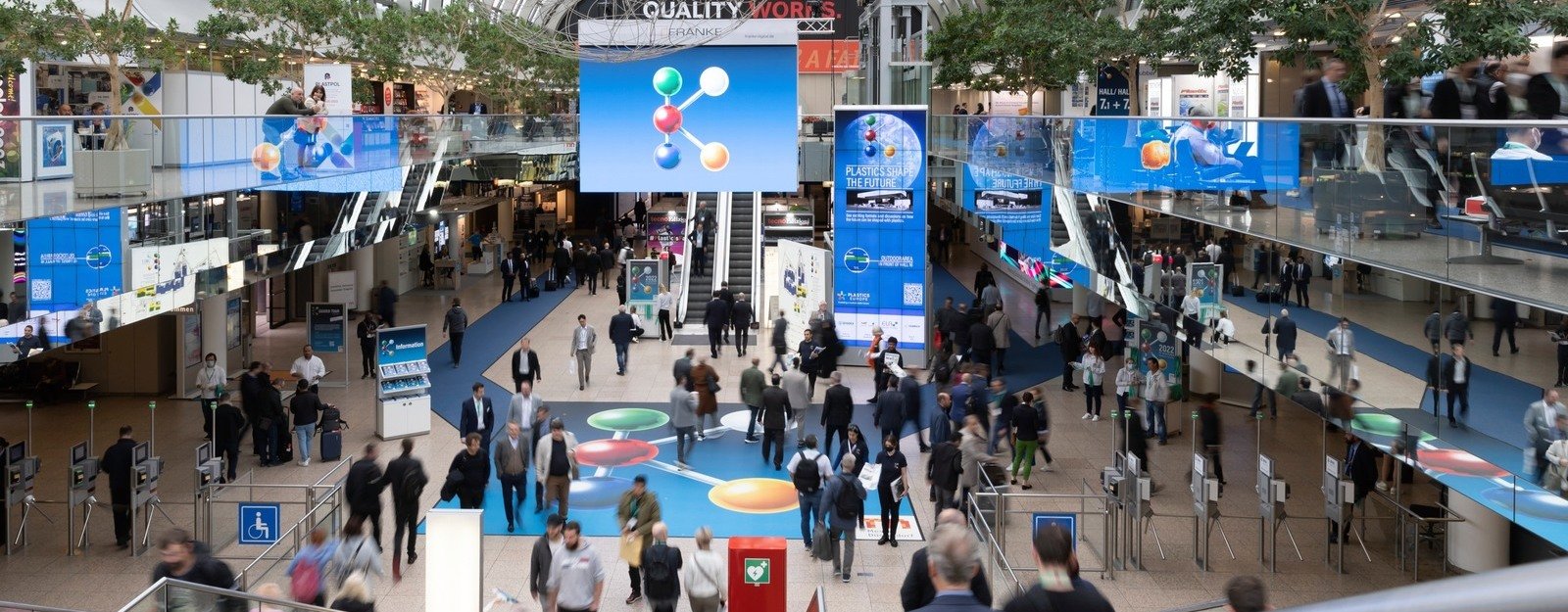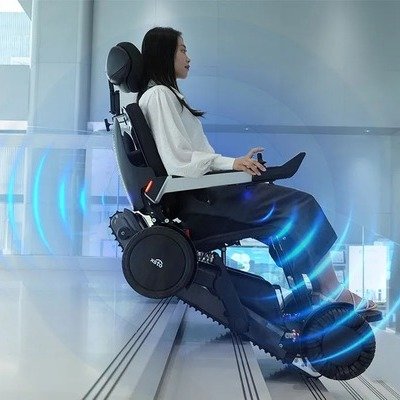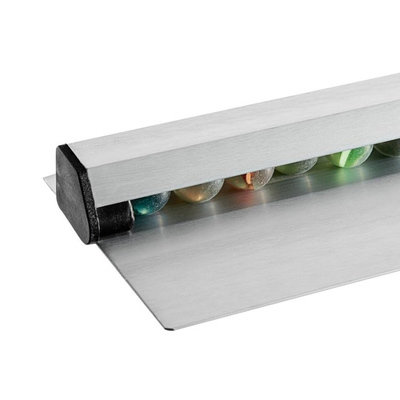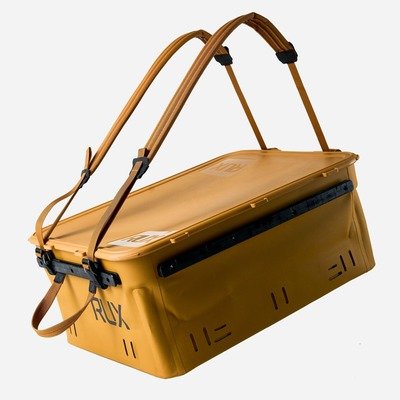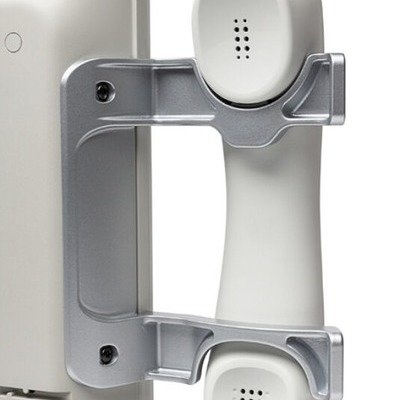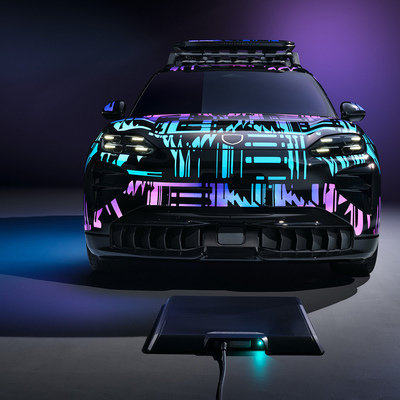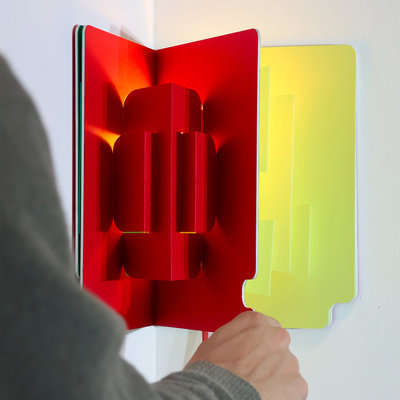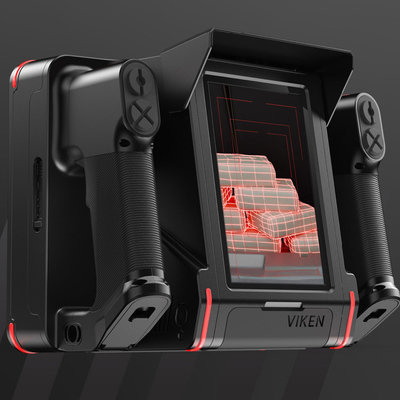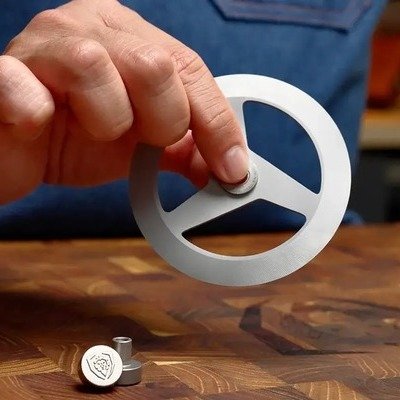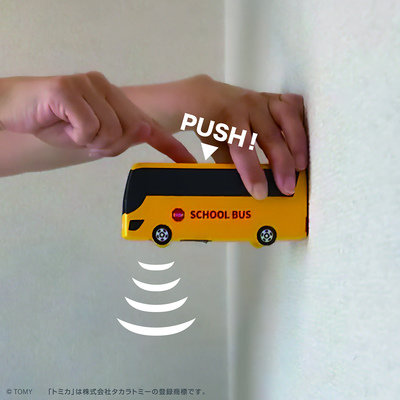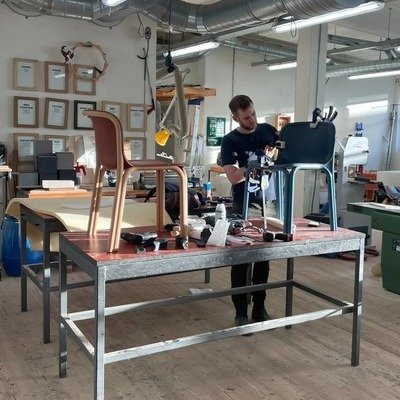www.core77.com
This post is presented by the K-Show, the world's No.1 trade fair for the plastics and rubber industry. Visionary developments and groundbreaking innovations will again lead the industry into new dimensions at K 2025 in Dsseldorf, Germany. Chris Lefteri: Hi Thomas, thanks for being here. How are the preparations going for the K Show?Thomas Franken: Preparations for K are in full swing, as you can imagine. We have already started to prepare some of our halls where our big exhibitors are placed, especially with the big machines. We are using the entire exhibition center here at Messe Dusseldrf which translates to roughly 180,000 square meters net exhibition space, which is the equivalent of 25 football pitches. That's sometimes easier to get an idea how big the show is!Chris Lefteri: That's incredible. And you're starting to build the K Show three months before, more or less?Thomas Franken: Yes, because we have the big machines in some of the bigger halls like hall numbers 17, 16 and 15, we always have to install extra air conditioning, so for that reason we start roughly three months in advance. Chris Lefteri: The K Show happens every three years which is a good amount of time for you to be able to overview the big changes in the industry. What do you see as the current and future trends, for example, within sustainability or technology, AI that you think are going to become more significant?Thomas Franken: The most important topic currently is the circular economy, which has been evident in the last two or even three editions of the show. And digitalization is part of the circular economy because we always know from the industry that you cannot do the circular economy without digital and AI solutions. I'm also very interested in the reputation of plastics from a sustainability point of view and the responsibility our industry holds in terms of taking care of our people.I'm also very interested in the shortage of skilled workers. We have always been interested in exploring how to attract young talent to the industry, but it has never been the highest priority. For the 2025 edition however it is becoming one of the hot topics. This will be mirrored in our program as for the first time we have a lot of things to attract young talents to the industry. This is something that is quite new and not seen in the previous editions.Chris Lefteri: You mention digitalization, sustainability and circularity. Is there an example of something that you want to highlight as a subject?Thomas Franken: For sure, we have a lot of exhibitors, especially from the recycling sector, coming up with new solutions, like tracking materials, sorting materials, etc. Here AI is one of the key enablers to make the circular economy for plastics happen. I think it's very important to see plastic waste as a resource in the future and not just material for landfill. So, the question then becomes how to really sort the waste. I think the industry has been collecting data for a while and it's now able to really make use of this data with AI. The digitalization is really the enabler to make the circular economy happen. Some of the exhibitors have already announced that they will have some new solutions for especially these kinds of things, let's say, using AI solutions in technology to make circular economy happen.Chris Lefteri: Recycling must be one of the big areas in terms of exhibitors that has been growing?Thomas Franken: Yes. That's the case. As you can see from the layout of the exhibition, we have three different colours and almost two-thirds of the exhibition is in blue, which is technology. We have tried to place all exhibitors coming up with recycling solutions in halls 9 and 10, creating a clear segmentation. This is for sure a growing part of the show and also a growing part in the industry - more and more exhibitors are coming up with new solutions and innovations.Chris Lefteri: Yes, for me, processing innovation is one of the most interesting areas. When I'm walking around scouting for exhibitors to visit for my design tour, you have to really look quite precisely to find some material innovation. In previous years, there's always been the new materials, let's say new waste streams that are being used as fillers. But also, the exhibitors that really got my interest were those with the processing innovation and I think this year recycling is going to be the area that I will focus on. It's the big raw material suppliers that have, let's say, new grades of circular materials or bio-based materials, but I think these are quite well known. The recyclers however are less media-interesting and they are harder to find. Thomas Franken: You're right there. And I think even the recyclate's are somehow a new type of new material and will be used more and more in the future with different kinds of application. Yet it is hard I think how to have a clear standard or quality of these recyclate's because you don't always know where they're coming from. It is different to if you use natural resources such as oil for example. This is becoming one of the tough questions in the industry it is the industry's job to keep the quality and also find more and more applications, where you can use them.Chris Lefteri: I notice the K Show has the slogan The Power of Plastics. So why did you choose that?Thomas Franken: Yes, as you know, for each edition of the K Show we have key themes, chosen as interesting topics and discussion points in the industry. For K 25 however we wanted to frame these three hot topics for the first time with the slogan. The three hot topics are Circular Economy, Digitalization and Caring about People and for that reason we created the slogan, The Power of Plastics. It's meant to underline, or sum up the important role of plastics in shaping the future and where the industry is heading to.Chris Lefteri: For me, The Power of Plastics is about understanding the value, the opportunity and the scale that plastics have. It's very easy to be drawn into catchy stories about, let's say, unusual waste streams but actually, the biggest opportunity is through plastics. Let's say, for example, one single plastic is used to make an entire product. This has much more opportunity for impact because I can recycle it and it's a stream of material that already exists. Yet, plastics is something that people almost don't see as being the opportunity to solve the problem. And what I love about the K Show is finding these very, very niche suppliers who do something really quite incredible that for me as a designer, I interpret in my own way and say, "Oh, but you could use it for this instead!" And they've never thought about it like that.Thomas Franken: You're right. I think people always see plastic as a problem. But without plastics, you cannot really answer the questions in the future. Plastics will play an important role in answering and finding solutions for the challenging times we might have in the future. There are so many real solutions with plastics, if you think about reducing CO2 emissions with lighter vehicles, or using less energy. For instance, packaging is one of the biggest applications for plastics, but plastic packaging is also helping to reduce food waste, which is a positive thing that needs to put more to the public. This is The Power of Plastics tries to underline. Plastic is also helping to solve these questions and matters in future and the easiest answer people find at the moment is to say, "Well, plastic is a problem, and we have to avoid plastic," but plastics will play an important and essential role in the future. Without plastic, it's not possible to.Chris Lefteri: Yes. But like you said, it's these secondary benefits of plastic, like packaging that keeps food for longer, that people forget to look at and see the opportunities and the benefits.What I would like to see, what I hope to see, is what kind of new materials are coming through, like technology that can analyze traditional plastics to formulate bio-based compounds based on existing technologies, using AI. This is where I'm really keen to look this year, to see where that level of technology is going to have an impact and how AI is used, for example, in modeling technology to create surface effects or surface functionality, like staying clean or water resistance or antibacterial. I mean where AI isn't just about the chemicals, but about the surface and creating textures that have some added functionality. For example, the lotus effect as a natural texture. So that's for me where I'll be looking. I'm trying to really look past the, I wouldn't say greenwashing, but "Hey, come on, you've got to back this up!" You've got to show me something a little bit more because I'm going to be quite particular in making sure that they deliver if they say something.I also believe it isn't just about problem solving and functionality, it's also about aesthetic and the story of materials. This is where the opportunity lies as a CMF designer. I go to the Milan Furniture Fair in April every year, because this is where we see the trends. This is where we see the aesthetics. If I then go to the K Show, I can put these two things together. I'd say that's the power of the K Show actually.Thomas Franken: Yes, I also think the material producers and the processors, and the kind of products they're showing, are really interesting for CMF designers. Chris Lefteri: How should people best prepare when visiting the K show? The only thing I personally can say in terms of preparation is to just keep a bottle of water in your bag and wear the most comfortable shoes you have because I don't want to stop. I mean, really, when I go, I don't stop. I don't stop for breaks because there's no time for me and I'm very determined, I'm very much on a mission. For me, it's not just a casual thing. I really want to soak up as much as possible and by the end of it, I'm absolutely, absolutely exhausted. That brings to me the question of the Matchmaking tool to make the visit efficient, which seems like the perfect tool to help with this?Thomas Franken: Yes, what makes trade show so special is that you want to see as much as possible in the short timeframe people often have. I think you can get some general orientation with our exhibitor database and the mapping. We offer a lot of services on our homepage and also in the apps you can browse our exhibitors so that you can find out the exhibitors you want to visit and then ask the system to make the best tour.Chris Lefteri: That's great! So you have a tool that allows me to find the most efficient route between the exhibitors? I didn't know that that existed. Is that on the app or is that on a website?Thomas Franken: It's on both. If you log in as a visitor for the show you can just browse the exhibitor database, choose all the exhibitors you would like to visit and then you can also see where they are placed and then it's like on Google Maps you can plan a route for visiting all the destinations you would like to see.We also have our new matchmaking tool where you can get in contact with our exhibitors. The main aim of this system is to bring together our visitors on one side and exhibitors on the other side, even in advance before the show starts. You can say, "Well, I'm interested in different parts of the industry and I would like to find innovations for a specific topic." And then the system will give you suggestions and recommendations of some exhibitors. If something is really interesting for you, you can even get in contact with the company before the show starts.Chris Lefteri: Yeah, fantastic, fantastic.Thomas Franken: This is also available in the app because for sure you don't want to bring your laptop with you everywhere. If you already arranged meetings with some of the exhibitors, you can directly see it in your app because it's linked to your profile.Chris Lefteri: Yes, when I'm giving talks about resources that designers can go to in order to understand and research materials, even if it's in Asia, where they're not likely to travel to Dsseldorf, I highlight the opportunities that the website has in terms of finding resources and inspiration so you don't necessarily have to go there because there's also a lot of information that's on the website. It's a very rich tool.Here's another question for you. What are you personally looking forward to?Thomas Franken: There are many things I'm really looking forward to, because as you can imagine, if you're preparing a massive show like K, more than two years in advance, everything is in preparation for the final opening moment. This is the most important and exciting point for me, especially on the first day when we're opening the gates and you see that people from all over the world are coming together, it really is an incredible atmosphere. Everyone is really motivated and curious to discover what's new in the industry.Chris Lefteri: Yes, I think you touched on something, which is the feeling that it has. And on the opening day, like you said, literally people are flooding into the halls. That's something that I should have asked at the beginning: what's your general feeling from the plastics industry? We talked about technologies and advancements and trends, but you have a very unique position because you're talking to many exhibitors visiting different countries. So, in capturing the mood of the plastics industry, what do you think the mood is?Thomas Franken: Especially right now, economically speaking, the situation is more challenging than maybe in the past. But something really special in the industry, is that everyone is really optimistic about the future. Everyone wants to be a part of shaping and setting the course for the future for our industry.Chris Lefteri: There must be new types of business models that are developed, let's say, as a result? One, for example, that I worked with, was a company who evaluate the circularity potential of a compound, and they give you a scorecard, like a traffic light. Apart from the recyclers, are there new types of companies that you see have been set up? New types of exhibitors?Thomas Franken: We see that there are a lot of exhibitors coming up with digital solutions for the industry. And maybe also, as you just mentioned, with evaluating these new materials and the recycling part. Especially if I look into the Start-Up Pavilion, you see that the young and dynamic companies are always coming up with new solutions from the digitalization part and also the circular economy.Chris Lefteri: Yes. So again, like you said at the beginning, this connection between the digital and the circular, this is where there is opportunity for new things.Thomas Franken: Is there anything you're really looking forward to?Chris Lefteri: I love German food, I love a beer and a good traditional German meal, which is something I always look forward to! In terms of the K Show, it is this moment of unexpected discovery. Of seeing opportunities that the exhibitor doesn't always see, but through my lens as a designer, as a material CMF designer, I can interpret. Yes, and also being able to get a sense of where the industry is, where plastics is going in the future.So, my last question for you, which is something that I've asked everybody that I have interviewed: what's your strongest memory of a material from childhood, and why?Thomas Franken: I think it's quite funny. I'm thinking of a material like foam or something like that. Something you can really change the shape of, but then it comes back to its original shape. I always thought that was interesting because wood for instance, you can cut it down, but it stays as it is. Foam on the other hand you can really change but then it always goes back to its original form. It was something I remember that was quite special for me when I was three or four years old. Chris Lefteri: Was it a toy?Thomas Franken: I think it was maybe bath sponge, it was in the shape of a boat or something and you could play with it, you could squeeze it, you know, you could put the water in it, but then it always came back to the original design or form. Somehow, I remember that I really liked these kinds of things.Chris Lefteri: Good. Good. Then that's it. Thank you for our conversation. Really looking forward to the K Show!Thomas Franken: Same. Thank you!
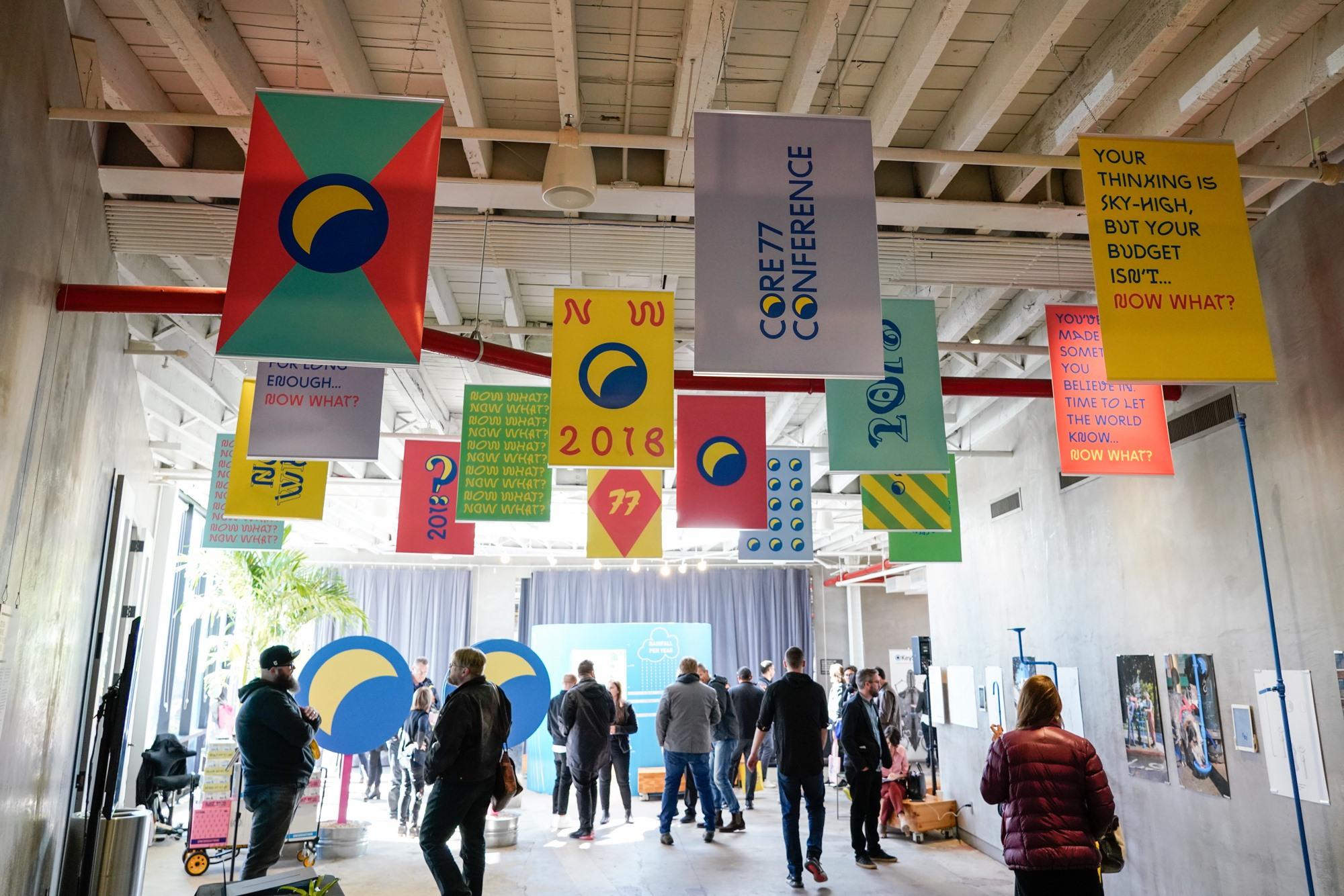

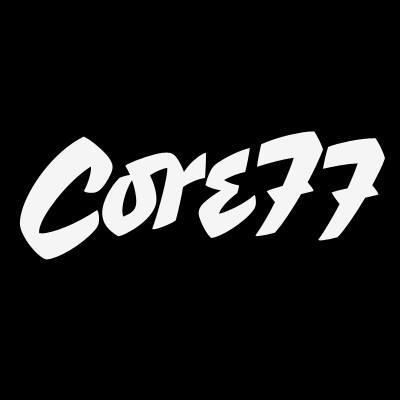



 1K
1K
